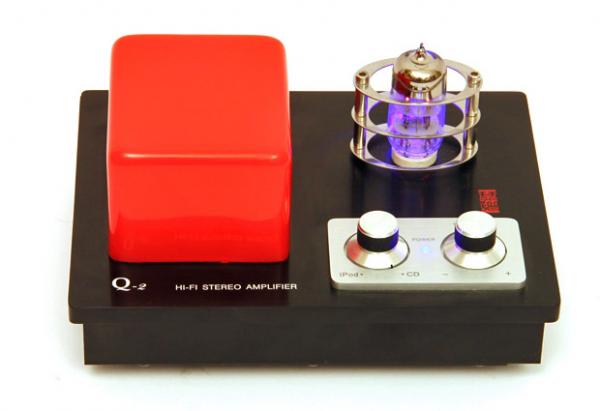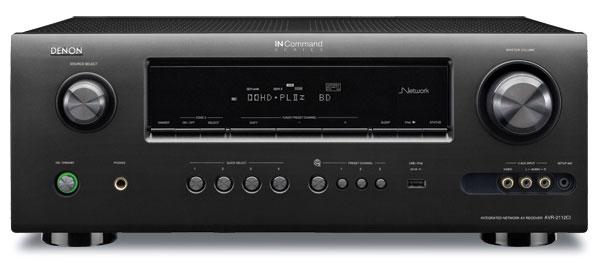LATEST ADDITIONS
|
Sep 18, 2011
|
Sep 18, 2011
|
Sep 18, 2011
|
Sep 16, 2011
A few weeks ago, Home Theater editor Rob Sabin posted an editorial about the growing number of Internet service providers that throttle the bandwidth of any subscriber who sends and receives more than a specified amount of data. Typically, the limit is 150 or 250GB per month, which seems like a lotuntil you stream a few high-def movies and perform cloud-based backup of your entire hard drive, after which you find yourself slogging along at dial-up speeds or paying much more for your Internet access. With some ISPs that are also content providers, such as telecom and cable companies, accessing their content does not count toward the limit, but venturing outside their ecosystem does.
Does your ISP engage in any of these pernicious practices? If so, I'd love to know what your limit is and what happens when you exceed it. I encourage you to leave a comment with these details.
Vote to see the results and leave a comment about your choice.



 Yoda takes a group of Jedi younglings on a field trip to the Galactic Senate chambers when he suddenly feels a disturbance in the force and must leave the children. C-3PO and R2-D2 take over and find themselves in over their heads with the rambunctious force-sensitive group. As the Sith prepare to wreak havoc, it's up to Yoda and a young stowaway to save the day before the children are torn to bricks.
Yoda takes a group of Jedi younglings on a field trip to the Galactic Senate chambers when he suddenly feels a disturbance in the force and must leave the children. C-3PO and R2-D2 take over and find themselves in over their heads with the rambunctious force-sensitive group. As the Sith prepare to wreak havoc, it's up to Yoda and a young stowaway to save the day before the children are torn to bricks.







